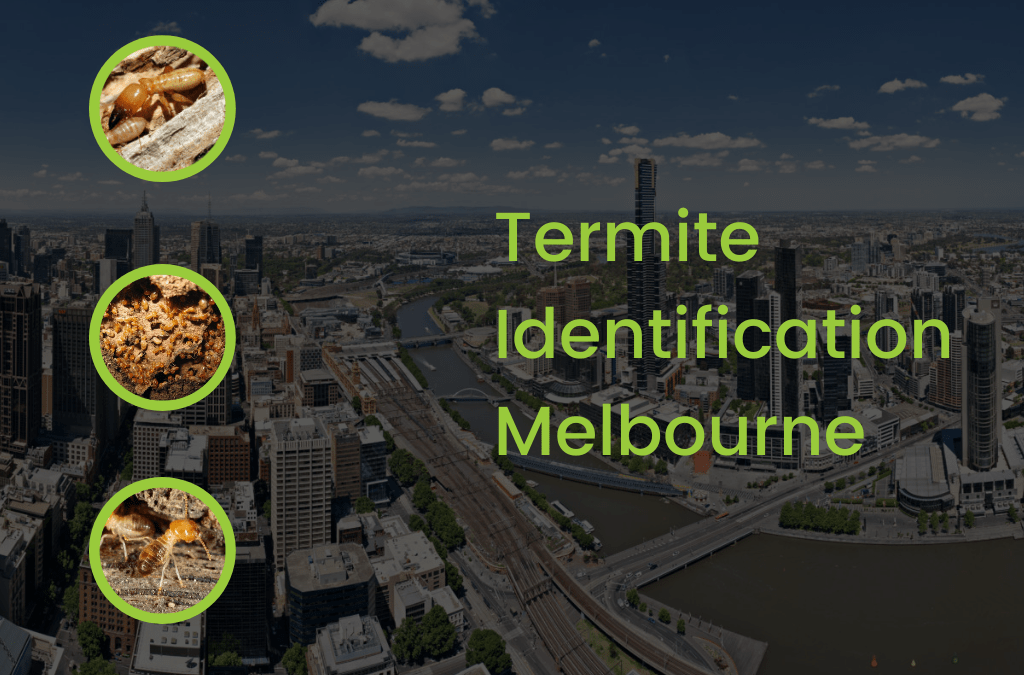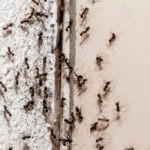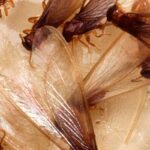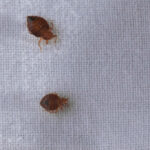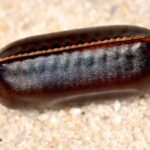Snakes and spiders may scare you more, but most Melbournians understand that termites are something you actually have to worry about much more – especially as a homeowner. That’s because almost 4 out of every 10 homes in Melbourne and beyond are already playing host to termites in one way or another – and the rest of them are not far away from a termite colony. The real problem, of course, is that Australian homeowners spend a combined $2 billion each year on damage done by termites – and most of the time, the damage is done even before you notice a big problem. It’s probably a good idea, then, to brush up on your termite identification skills!
What … what? While most people might think a termite is a termite, there are actually almost 400 termite species in Australia alone. As for the types of termites in Victoria and Melbourne that we should all worry about, they can be divided into three categories:
- Subterranean Termites: These guys are the ones with scissor-like jaws that munch the very structure of your home to bits.
- Drywood Termites: Unlike subterranean termites, drywood termites don’t live underground – they live in the actual wood, including your door and window frames and furniture.
- Damp wood Termites: As for damp wood termites, they can be found in your home but mainly prefer the sort of damp and decaying wood in a forest.
Unfortunately, not every pest specialist gets a 5-star ranking for differentiating between the different types of termites in Melbourne – and many can even mistake a termite for flying ants or even small wasps. One of the problems is that termites are extremely small, while another is that during the course of its life cycle, a single termite can look and behave differently.
At the very least, you should expect that your pest control specialist can distinguish the most common and destructive Australian termite – the subterranean ones – from the other types of termites and pests. Many experts know what to look for from the termite itself – its brown/yellowish colour, thick waist and straight antennae – while others understand that termite species identification can be more about behaviour.
For instance, the subterranean termite colonises in the ground rather than in the wood, and therefore create distinctive mud tubes to protect them on their journey from the ground to whatever structure they’re busily destroying.
Subterranean termite identification also involves:
- Noticing ‘swarming’ behaviour, particularly in humid weather. The termites that swarm have two pairs of equally-long wings (flying termites), and their colour is darker.
- Watching out for the soldier termites, which are larger, lighter in colour, with a large jaw and rectangular head.
- Spotting the worker termites, which are about the size of the swarmers but lighter in colour. Not only are these guys the ones who eat the wood, they also construct the tunnels – so they’re the most common of all.
Do you think you’ve spotted a termite that could be up to no good at your place? If you’ve done your Australian termite identification right, resist the urge to disturb them and instead give Cannon Pest Management a shout straight away – because while your DIY efforts to deal with your infestation may seem effective, all you might achieve is moving the colony’s attention onto another area of your property.
Haven’t spotted a termite yet? Woohoo! But don’t ride your luck a minute longer and instead book in for a thorough Melbourne termite inspection, which we recommend is done every single year. The friendly guys at Cannon Pest Management can’t wait to hear from you!

